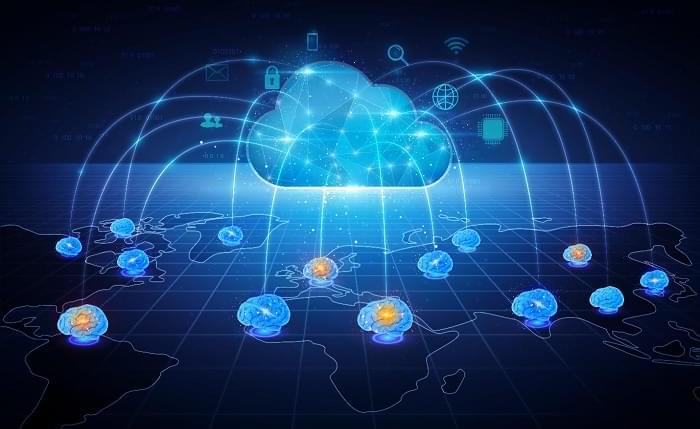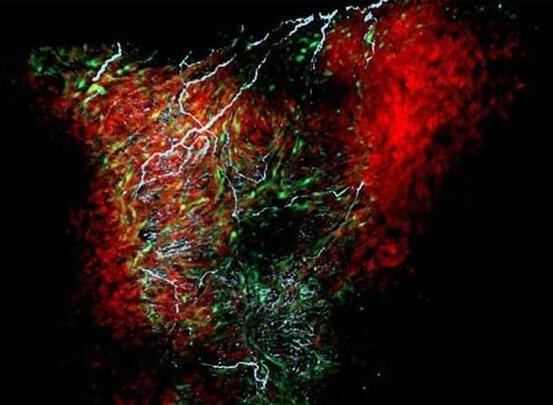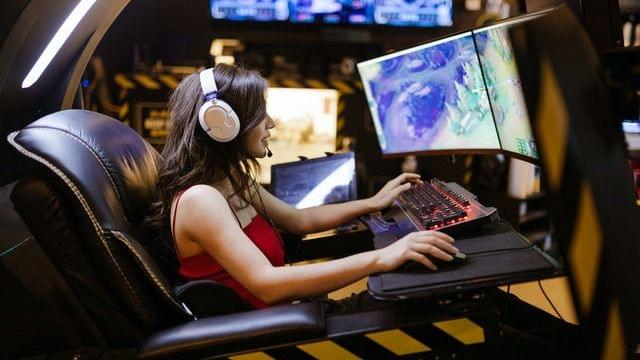Summary: A newly developed system dubbed Opto-vTrap can temporarily trap vesicles from being released from brain cells.
Source: Institute for Basic Science.
Controlling signal transmission and reception within the brain circuits is necessary for neuroscientists to achieve a better understanding of the brain’s functions. Communication among neuron and glial cells is mediated by various neurotransmitters being released from the vesicles through exocytosis. Thus, regulating vesicular exocytosis can be a possible strategy to control and understand brain circuits.





 Several different mouse neurons virtually reconstructed in 3D show the complexity of tracing the shapes and branching axons and dendrites within a small piece of the brain.
Several different mouse neurons virtually reconstructed in 3D show the complexity of tracing the shapes and branching axons and dendrites within a small piece of the brain.
